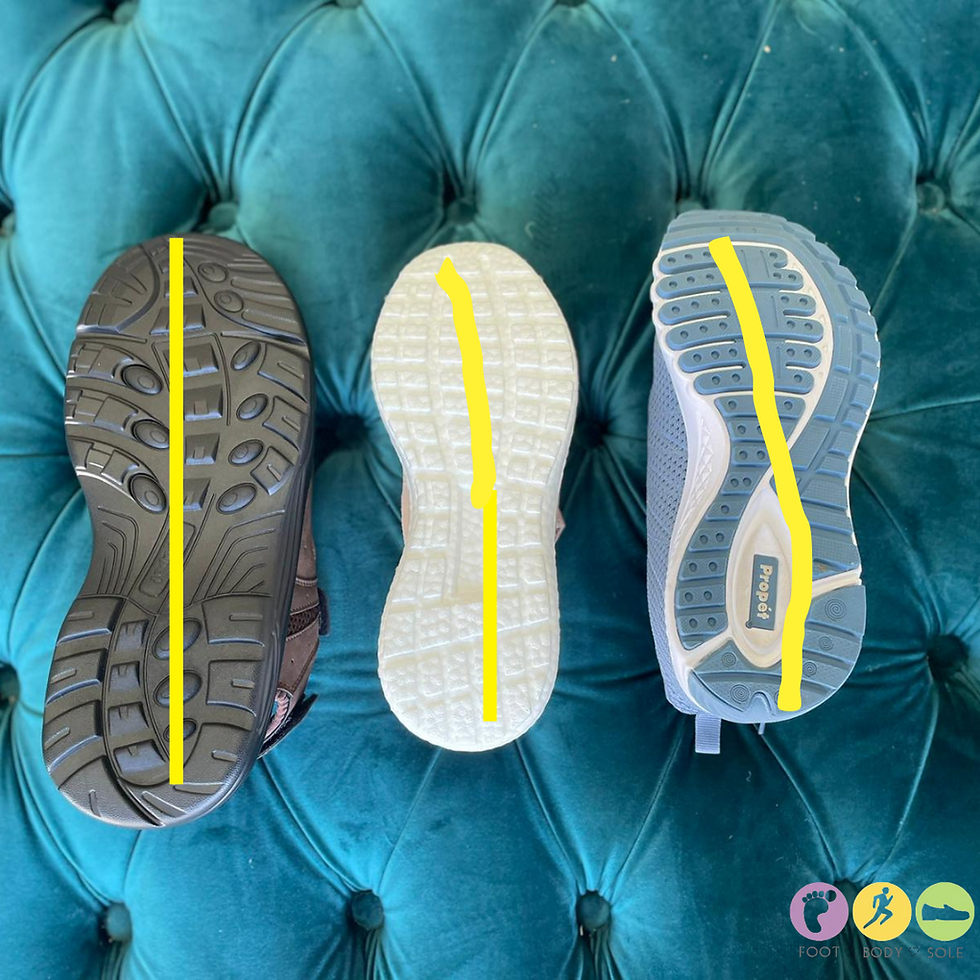Orthoses
- Foot Body Sole
- May 2, 2019
- 2 min read

What are Orthoses?
Orthoses are devices used to realign the feet and legs, allowing them to function correctly. As all the structures of the body are connected, and as such, abnormal alignment of the feet may affect other parts of the body causing pain or deformity. Conversely though, orthoses can be beneficial for foot, leg, knee, hip and even the lower back.

Orthoses differ from insoles or arch supports that may be purchased without prescription, as they are manufactured and prescribed for the individual. Before prescription, your podiatrist will perform an assessment. This involves watching how you stand and walk and testing your joint and muscles. Taking these factors into account, the orthoses are made to treat your particular foot type and problem.
Orthoses provide a degree of support on their own, but have a far greater effect when combined with supportive footwear. Supportive shoes with strong, deep heel counters and laces, buckles or Velcro fasteners help to support the foot firmly on the orthoses improving their overall performance.
Wearing your Orthoses in

As orthoses alter the mechanics of the feet and legs, they will take some getting used to. They should be worn for short periods initially, allowing your body to adjust. If any pain or discomfort does occur, reduce the use of your devices until it subsides. If the pain persists, or if rubbing or pinching occurs, call your podiatrist for a review. Your orthoses should be worn continuously after the gradual ‘wearing in’ period (usually 2-3 weeks), transferring them from shoe to shoe when necessary.
Ensure you are able to wear your orthoses comfortably all day before using them for sport. Furthermore, always ensure you can comfortably wear them during training sessions, before wearing the when participating in competitive sport.
Review Visits
After the ‘wearing in’ period, it’s important to attend a review appointment with your podiatrist to ensure your orthoses are effectively addressing your complaint, and to make any adjustments if necessary. It is also advised that the orthoses be reviewed every 12 months to ensure they continue to support the realignment of your feet.
Click below to book an appointment with one of our Podiatrists:








Comments